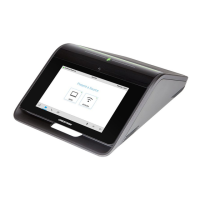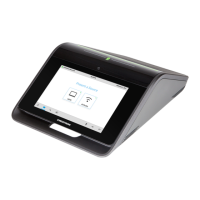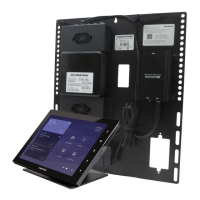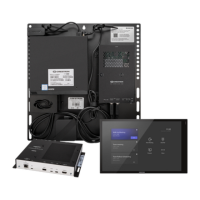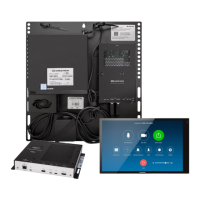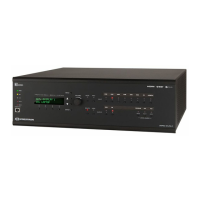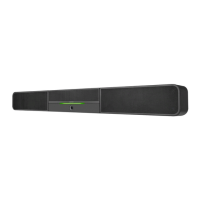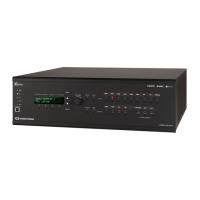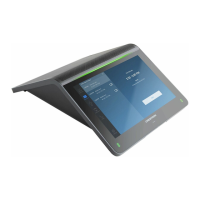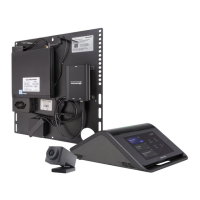Configuration Guide – DOC. 7991A CCS-UC-1: Secure SIP Endpoint with Cisco UCM 11.0
15
The SIP certificate is now listed under the SIP tab. The name of the certificate is the
common name provided when generating the device specific certificate request on
the CA.
A typical TLS handshake consists of the following steps:
1. The Crestron Mercury device sends a Client Hello to the Cisco UCM server.
2. The Cisco UCM server sends a Server Hello.
3. The Cisco UCM server sends its certificate and a certificate request from the
Crestron Mercury device.
4. The Crestron Mercury device sends its certificate.
5. The Crestron Mercury device verifies the server certificate.
6. The Cisco UCM Server changes the cipher spec and sends an encrypted
handshake message.
7. Application data is exchanged between the the Cisco UCM and the Crestron
Mercury device.
The Crestron Mercury device supports TLS v1.0.
The device itself uses SIP port 5060 (instead of 5061) to communicate to the Cisco
UCM, even in a secure mode.
Cisco UCM Configuration
This section describes the Cisco UCM configuration necessary to integrate the Crestron
Mercury device as a secure SIP endpoint.
It is assumed that the general installation and basic Cisco UCM configuration have
already been administered.
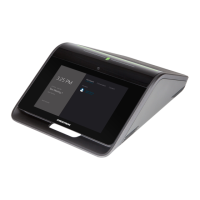
